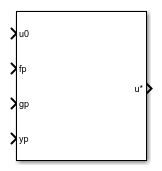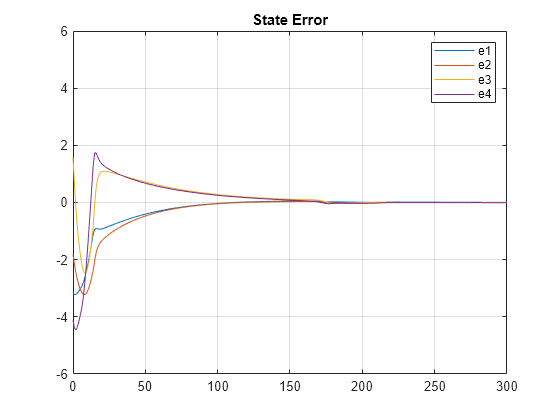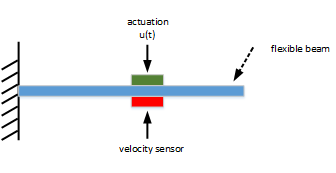Passivity Enforcement
Modify control actions to satisfy passivity constraints and action bounds
Since R2023a
Libraries:
Simulink Control Design /
Constraint Control
Description
The Passivity Enforcement block computes the modified control actions that are closest to specified control actions subject to passivity constraints and action bounds.
The block uses a quadratic programming (QP) solver to find the control action u that minimizes the function in real time. Here, u0 is the unmodified control action from the controller.
The solver applies the following constraints to the optimization problem.
Here:
ρ is the passivity index.
yp is the passivity output function, defined as .
fp and gp are the functions defined by the passivity input function .
umin is a lower bound for the control action.
umax is an upper bound for the control action.
For more information on passivity enforcement, see Passivity Enforcement for Control Design.


